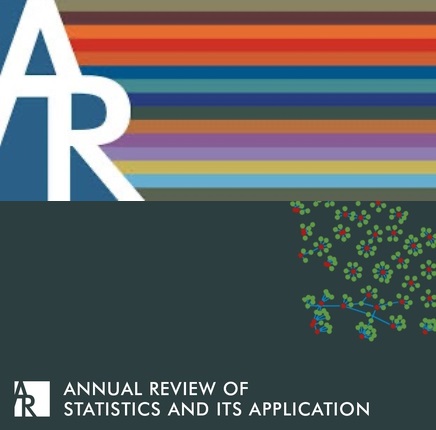自适应实验后推理的揭秘
IF 8.7
1区 数学
Q1 MATHEMATICS, INTERDISCIPLINARY APPLICATIONS
Annual Review of Statistics and Its Application
Pub Date : 2025-07-04
DOI:10.1146/annurev-statistics-040522-015431
引用次数: 0
摘要
适应性实验,如多武装强盗,根据迄今为止观察到的数据调整处理分配政策和/或停止实验的决定。这有可能改善实验参与者的结果,提高实验后确定最佳治疗方法的机会,并避免浪费数据。作为一个实验(而不仅仅是一个不断优化的系统),用频率保证得出统计推断仍然是可取的。通常作为自适应实验算法基础的集中不等式和联合边界可能会产生过于保守的推断,但与此同时,我们通常在非自适应环境中所呼吁的渐近正态性可能会受到自适应性的危害。在本文中,我们的目的是解释为什么,如何,以及何时自适应实际上是推理的一个问题,以及当它是,了解解决它的各种方法:重新加权以稳定方差和恢复渐近正态,使用基于渐近极限序列的联合正态的始终有效的推理,以及表征和反转由自适应引起的非正态分布。本文章由计算机程序翻译,如有差异,请以英文原文为准。
Demystifying Inference After Adaptive Experiments
Adaptive experiments such as multi-armed bandits adapt the treatment-allocation policy and/or the decision to stop the experiment to the data observed so far. This has the potential to improve outcomes for study participants within the experiment, to improve the chance of identifying the best treatments after the experiment, and to avoid wasting data. As an experiment (and not just a continually optimizing system), it is still desirable to draw statistical inferences with frequentist guarantees. The concentration inequalities and union bounds that generally underlie adaptive experimentation algorithms can yield overly conservative inferences, but at the same time, the asymptotic normality we would usually appeal to in nonadaptive settings can be imperiled by adaptivity. In this article we aim to explain why, how, and when adaptivity is in fact an issue for inference and, when it is, to understand the various ways to fix it: reweighting to stabilize variances and recover asymptotic normality, using always-valid inference based on joint normality of an asymptotic limiting sequence, and characterizing and inverting the nonnormal distributions induced by adaptivity.
求助全文
通过发布文献求助,成功后即可免费获取论文全文。
去求助
来源期刊

Annual Review of Statistics and Its Application
MATHEMATICS, INTERDISCIPLINARY APPLICATIONS-STATISTICS & PROBABILITY
CiteScore
13.40
自引率
1.30%
发文量
29
期刊介绍:
The Annual Review of Statistics and Its Application publishes comprehensive review articles focusing on methodological advancements in statistics and the utilization of computational tools facilitating these advancements. It is abstracted and indexed in Scopus, Science Citation Index Expanded, and Inspec.
 求助内容:
求助内容: 应助结果提醒方式:
应助结果提醒方式:


